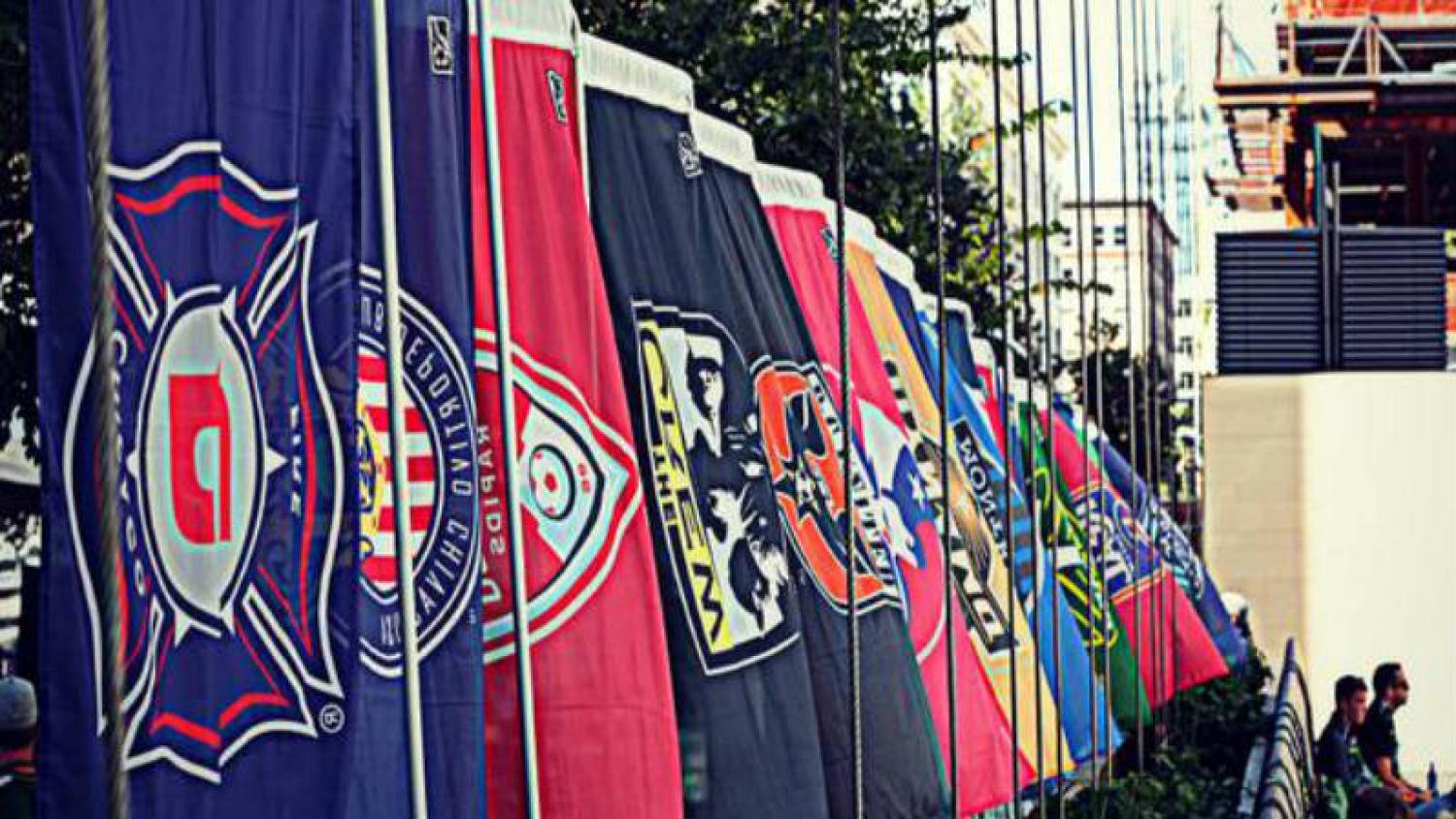It was the best of times, it was the worst of times.
With apologies to Charles Dickens, perhaps that sentence best describes the American sports landscape, or at least what the American sports landscape could look like in the near future.
MLS is set to add two new franchises next year, with at least one more on the way.
The NFL, on the other hand, has suffered through a deserved public flogging. The problems go back to the early 2000s. There has been a cheating scandal, bounty scandals, ongoing concussion issues, and most recently a domestic violence incident that has raised a lot of doubts about NFL Commissioner Roger Goodell’s job security.
His MLS counterpart, Don Garber, who worked for the NFL for 16 years, is faring much better at his job, is cancer-free and signed a five-year contract recently.
With the NFL going through evolution that will change the way American football is watched and played, MLS is in prime position (this just happened) to ascend to a place alongside America’s (other) major sports leagues. MLS has risen from 10 teams in 2002 to 21 next year, with Atlanta and possibly Miami looming.
Also, more famous international players are bridging the Atlantic to play in the U.S., including Thierry Henry, Frank Lampard, David Villa and Robbie Keane. David Beckham came first, but these four are in place to have a greater impact on the MLS, particularly in terms of style.
The play in MLS continues to improve. Sure, you still see more hustle goals than magic ones, but the increase in player skill has been evident to anyone who has been watching MLS for a while. MLS is slowly moving away from the kick-and-chase style that has become synonymous with American soccer and toward the beautiful game.
Combine this with likeable stars from the United States (Kyle Beckerman for example) and the success of the US Men’s National Team, and you’ve got yourself a foundation.
Increased media coverage has also helped MLS. NBC is throwing money at soccer left and right (granted, they are concentrating mostly on the Premier League). Plus, soccer sites online are driving increased news coverage. (May we suggest The18.com, as an example? Perhaps we're biased.)
Looking beyond the world of MLS it's obvious that soccer has the capacity to capture the attention of the public like no other sport on a global basis, particularly among consumers under 35 who represent a growing tidal wave of demand in the United States and beyond. (In the United States alone, the under-35 segment of consumers represent 50% of the total population.) With this as context, think what it means for the future of MLS that Americans 12-24 years old rank soccer as their second favorite sport, behind only NFL, and the staggering engagement that this year's World Cup drew (thanks to digital agency We Are Social for the infographic below):

With all of these pluses, it’s hard to see MLS not continuing its rise in America’s collective sports consciousness. The NHL hasn’t been relevant for years. Baseball is boring. It’s MLS’s time to shine, and it might not get another opportunity.



